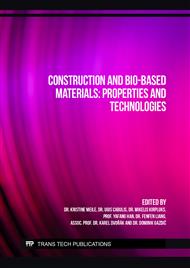p.38
p.46
p.56
p.67
p.74
p.80
p.91
p.101
p.109
Effect of Secondary Treatment on the Exothermic and Tensile Properties of Vacuum Hot-Pressed Ni/Al Energetic Structural Composites
Abstract:
Ni/Al energetic structural materials were prepared by vacuum hot-pressing method and then treated by secondary treatment of cold rolling or cold isostatic pressing. The effects of secondary treatment on the surface morphology, the phase composition, density, exothermic properties and tensile properties of Ni/Al energetic structural materials were investigated. The results showed that the density, the reaction energy density and the sensitivity of energetic materials improved significantly by the secondary treatment of cold rolling or cold isostatic pressing. It was also found that, after cold rolling and cold isostatic pressing, the energy density increased from 780 J/g to 1089 J/g and 993 J/g, respectively, and the initial reaction temperature was advanced by 46 °C and 14°C simultaneously. This is related to the increased in the contact area between Al particles and Ni particles. Meanwhile, the tensile strength increased from 166.7 MPa to 254.8 MPa and 211.3 MPa, respectively.
Info:
Periodical:
Pages:
74-79
Citation:
Online since:
October 2022
Authors:
Price:
Сopyright:
© 2022 Trans Tech Publications Ltd. All Rights Reserved
Share:
Citation:


